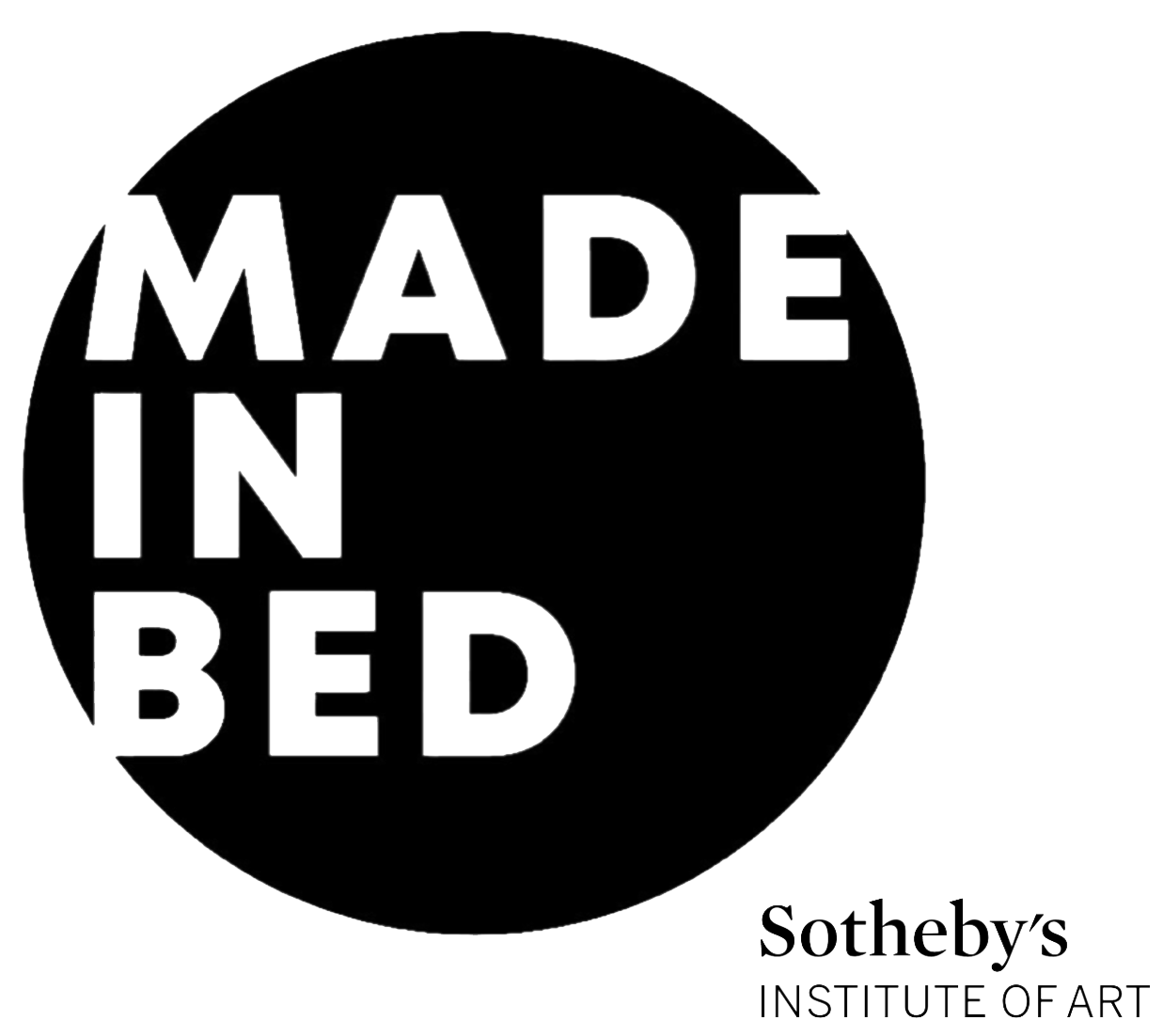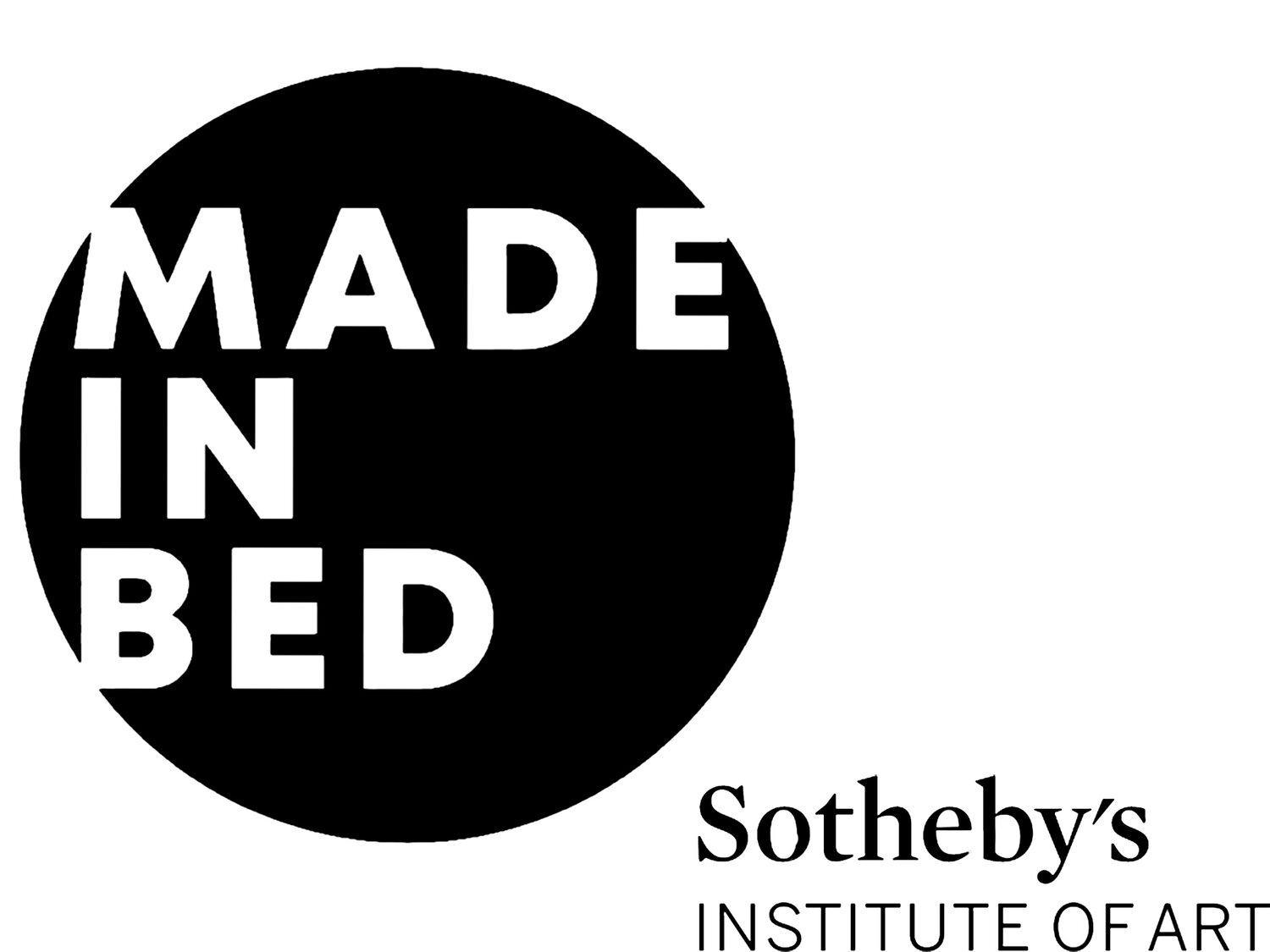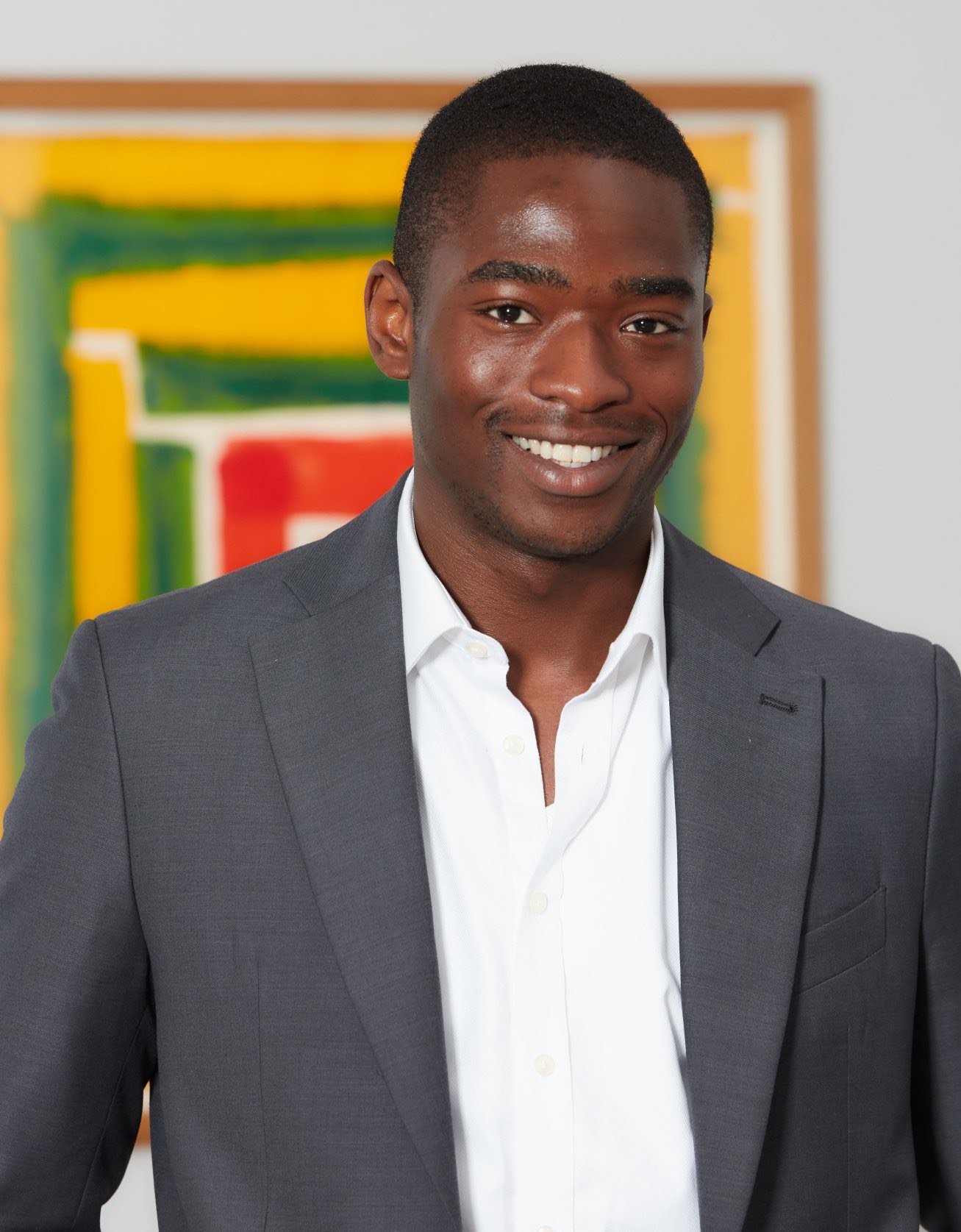Kiah M. Sandler in Conversation with Elikem Logan
The work of an art historian is not confined by the limitations of existing knowledge bases, but instead requires an investigative mindset paired with a desire to challenge existing narratives. Elikem Logan is proof of that. He is an Art Historian who works primarily with West African Modern and Contemporary Art in the early postcolonial period. Born and raised in Ghana, his research interests span the breadth of African Modern and Contemporary epochs. His work on the historicization of contemporary art in Africa is refreshing and highlights many of the knowledge gaps that exist within the current understanding of the history of Modernity in African art.
Photo Courtesy of Elikem Logan
Kiah M. Sandler: You’ve received Master’s degrees from University of Oxford and the University of St. Andrews in topics ranging from Art History and Management to African Studies to Legal and Constitutional Studies. What is it about the UK art market that holds your interest, and are there any other regions you’d be interested in working within?
Elikem Logan: Absolutely. First and foremost, I’m a historian of African art. That obviously has its antecedents and its evolutions and developments, particularly pertaining to the Black Diaspora globally, but my work follows along those through lines. Being from a formerly British Anglophone colony, I’m very much steeped in the Anglophone tradition. All of the stories of the development of the individual, national, artistic traditions of post-colonial nations in Africa have been in some way inflected with a sort of Anglophone tradition. So, I find that the UK becomes a great base, whether its from an intellectual point of view for research for triangulation of different artistic lineages, whether it’s from a market point of view in the sense that it gathers people who are buying and selling the work, or whether from a more holistic sense of the trajectories of the futures of artists and artist's careers.
I must emphasize that the most exciting work which is happening in African art is happening on the continent, with local practitioners who are stationed right at the center of the action. Whether it be at the artist's studio—if you go to Kwame Nkrumah University of Science and Technology, their school of painting and sculpture is world renown for producing extremely influential, extremely cerebral artists and art historians who have contributed to literature and expanded what we know of as theoretical bounds of our discipline. And that’s just one Ghanaian example, right? So, I would say I’m here because I’m most fascinated by the colonial precedent. Most importantly, making sense of the contemporary, from the perspective of our long lineages together—the UK and certain parts of Africa.
Photo courtesy of Sophia Olaniyan
KMS: Your independent work is around the historicization of contemporary art in West Africa. Can you speak a little more about your motivation, and the significance of making sure this history is being told?
EL: For me, when I say historicization, what I'm referring to is simply the way in which history has been categorized and organized. In such that when it’s retold it’s given a sense of coherence. Of course, most historians did not live in the era in which they are studying. So, for me to give you an accurate view of what was happening at the time, I have to combine many different aspects of points of views–many different analytical lenses–and then present them in a coherent manner. That involves, some would say, some artistic license, some would say, some sort of skill and reference to primary sources. There’s always an element of translation that happens. So for me, the reason that I’m interested in this area is because I think that it’s a fundamentally taxonomic issue. It’s about categorization. It’s not really about the resources that are available, which are telling the stories of African art histories currently. I think there are brilliant art historians, everyone from the late-great Bisi Silva, to Kate Cowcher, who’s been a phenomenal mentor to me–people who are doing exceptional work uncovering these art histories. Art history’s in great hands and doesn’t need me to comment on the histories themselves.
What’s really fascinated me are the ways in which these are categorized and then presented together. I think as part of our critique of the model of the canon, which is laid down before–let’s face it, mainly art history students–and then is assimilated to by those students, they then go into the formal art world and replicate that canon, or projections of the canon, or lineages of the canon at these art institutions which are then replicated in society. It goes into visual culture.
KMS: You’re saying, essentially, a machine is being created?
EL: This machine is the fundamental thing that fascinates me. Then I think about what is the key input that leads to the output that we have. For me, it’s the historicization. I think particularly with regards to Africa one thing I’m genuinely motivated by and want to see change is the referral of everything postcolonial as “modern.” As well as everything in the 1990’s-onwards as contemporary. I think that we need interrogation of the term “modernity,” as it’s applied in the African art example very specifically. This is of course controversial stuff and I’m not claiming to be an authority on the matter, but from my assessment, the discourse on modernity, or modernism, as applied in art is really the first time we see it emerging with literature and fine arts. Within the context of the late nineteenth to mid twentieth century.
In development literature, as with the special case of architecture, the term modernity is applied to analysis of postwar socio-political cultures. So, what is regarded as “modern” or referred to as ‘modern African artwork’ feels in some way to be attributed to the modern definition as defined in the twentieth century–the more architectural or more political science based epistemology. For me, I think the implications of that are quite problematic. It’s saying that modernism occurred in Africa essentially a century after it did in the West, specifically with regards to painting. I think one of the consequences of this is the alienation of pre-colonial African art from conceptions of modernity despite its temporal affinity with Modernism. It relegates it to a category which is very easy to then be written into the canon as “primitive work.”
So, for me it’s about bridging that gap, creating a lineage which is continuous and coherent. My most recent concerns have been about making sense of contemporary art, from the perspective of the development of a national, visual culture.
KMS: In your opinion, what is the most pressing issue for upcoming African artists and galleries in today’s market?
EL: African art is going from strength to strength in the marketplace. We’ve seen unprecedented results for African art in the last five/six years, and there is only more to come with the huge demographic changes that are coming to the whole world, led by Africa. It’s not really from a content point of view that my concerns arise. They’re more interpretational, really. I think next, whether we are writing art theory, exhibition reviews, the conferring with theorists and thinkers in the field and how we make sense of these huge boons that we are seeing in the market, what we do art historically to ascribe merit to the work of artists—I think that is going to be incredibly important. It’s the difference between whether we create our own “canon” for Black artists or, whether Black art is one peripheral element of a western art historical discipline.
I think the key differentiator is agency. You are either an artist subject to the whims of collectors, most of them still being African or Black, or you’re a cultural practitioner with agency to mould a lineage of art history which also creates trajectories for the future. I think we want to do as much as possible to get artists from Africa in a place where they feel that they are part of a lineage, and they also have the ability and agency to point to what is going to be next. For me, that's the most important concern. I think galleries have an important part in facilitating that, but we need more art historians of color, we need more art historians who come from a sensemaking framework which places the identity as the center and takes it as granted.
It’s not a novelty that Black artists are negotiating their identity with their work, so I think to speak about a work and produce any scholarship on a work which focuses just on that is remiss. We need to talk about the messages they are trying to communicate beyond the negotiations of identity, and how that fits into the lineage and what trajectories that points for the future.
Photo courtesy of Sophia Olaniyan
KMS: What would you like to say to encourage young aspiring collectors of Modern and Contemporary African art?
EL: I would say you have to start from the basis point of what you are used to and what you are comfortable with. Just to localize it, using my own example, I didn’t go to museums growing up. I grew up in Ghana, in Accra, and there weren’t any encounters with fine art in a way that would have made me feel that I had been introduced into a class of collector which then allows me to exist within this world. I grew up around the road signs that were painted by local artisans, local painters, who would paint the haircuts on a barber shop, who would paint the signs in front of a kiosk. I grew up around the roadside painters who would, for a living, paint paintings of contemporary life, of the things you would see in newspapers, and put it on the wall of an incomplete building in the hopes that someone who’s driving across a highway might buy it. The local carpenter’s would make interesting concrete sculptures just to attract people to their furniture store.
This was the visual culture which piqued my interest in the world of art. I think that’s an experience which anyone can relate to in some semblance. That’s where everything has come from. That’s where my art historical basis is. It’s the visual culture of your society. You don’t need to have a background in art, or to have come from a collecting family, to feel as if you can enter collecting art.
The most important thing is you have to engage. You have to engage with your visual world. You have to set rules of thumb for yourself which then create the parameters and then it will come naturally. You will surround yourself with pictures that you find important. Especially if you are collecting to interact with the work of people whose intellectual messages you truly believe in, and whose work, whose production you truly relate to. Then it’s not about art for investment’s sake, it’s not about collecting because you are signaling that you are erudite, it’s not about collecting for the purpose of assimilating to a social strata. It’s about surrounding yourself with images which have developed associations for you, and trigger memories and can be portals through which you can examine the political, economic, social, cultural, and visual history of a people, place or a time. I think remembering that, and approaching collecting from that point of view is the most accessible, and for me, the most critical way to do so.
Many thanks to Elikem Logan on behalf of MADE IN BED.
If you’re interested in learning more about Elikem Logan’s career and work, follow him on Istagram at @Elikem_Logan or email him directly at 11elikemlogan@gmail.com.
Kiah M. Sandler
Interviews Co-Editor, MADE IN BED




